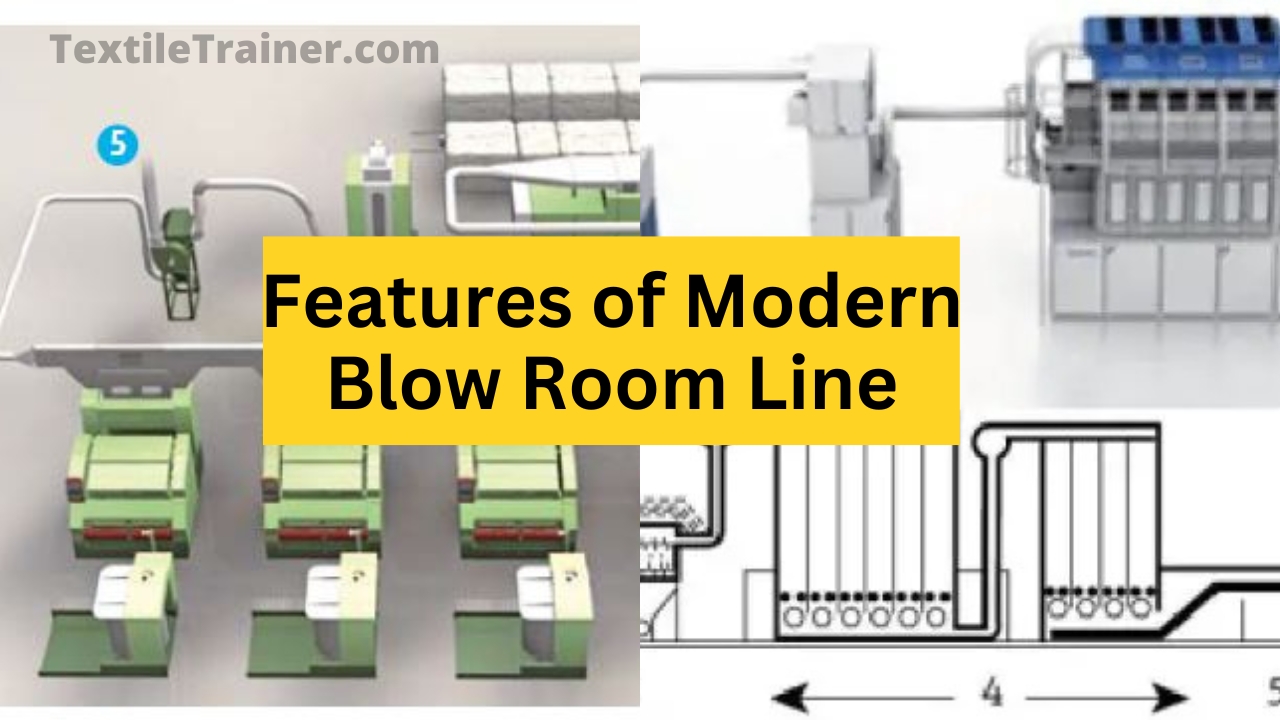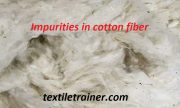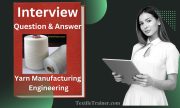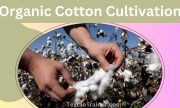Introduction:
A significant amount of technological advancement has been made in cotton blow rooms in recent years, revolutionizing cotton processing at its inception. In the latest development of blow room machinery, efficiency, productivity, and quality are being improved throughout the entire process. With these innovations, textile manufacturers have been able to improve yarn quality, reduce production costs, and improve operational efficiency. In this article, we will explore the top 10 features of the latest development of cotton blow rooms, highlighting the cutting-edge technologies that are reshaping this crucial stage of cotton processing. Discover how cotton blow rooms are revolutionizing the textile industry as we explore the world of cotton blow rooms.
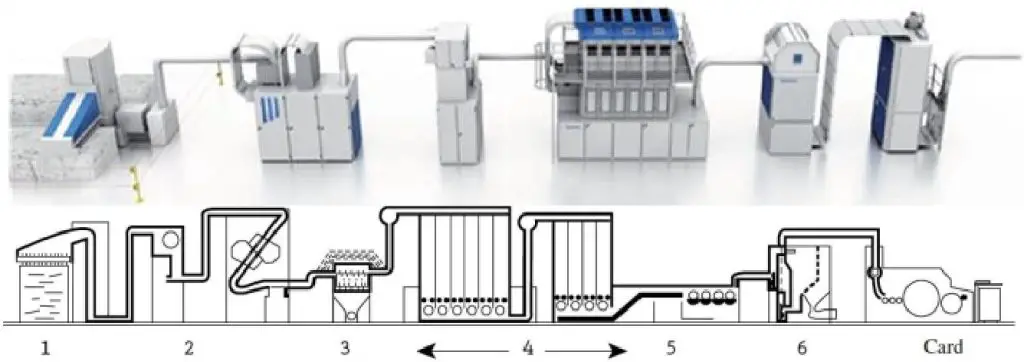
Features of Latest Development of Blow Room:
In the past, blow room machines were used to remove impurities, open fibers, and create an even blend. In recent decades, the latest developments in blow room technology have revolutionized this crucial stage, thanks to advances in technology and the need for high-quality yarn. The cotton processing industry invests in research and development to develop innovative solutions to address challenges and open up new possibilities.
Let’s take a closer look at the top 10 features of the most recent development in blow room technology, which is leading to greater efficiency, productivity, and yarn quality.
1. Productivity:
A significant increase in productivity is among the prominent features of the latest blow room developments. It is possible to reach up to 2000 kg/hr or even higher with modern blow room machines. Through optimized machine designs, improved feeding mechanisms, and automated systems, this enhanced productivity is achieved.
2. Automation:
The latest blow room developments also include comprehensive automation systems. Modern blow room machines are fully automated, which reduces the need for manual labor while increasing productivity.
3. Auto Waste Control:
The world-exclusive innovation -Waste Sensor” (e.g. WASTECONTROL BR-WCT in combination with the Cleaner CLEANOMAT from Trutzschler) enables the spinner to control the optimal material utilization. Through its optical measurement system, the cleaner is automatically set so that optimal cleaning is achieved without causing excessive fiber loss.
4. Auto Installation Control:
The Electronic Installation Control coordinates the functions of the individual machines and controls the material transport of the entire installation completely automatically. The installation basis on individual machines is graphically displayed, allowing for quick and specific response to malfunctions. In addition to offering maximum functional safety and reliability, it also uses modern intelligent networking technology. Example, “The Electronic Installation Control LC-I by Truetzschler” and ” The UNIcontrol by Rieter”
5. State of Art of Sensor:
A recent development in sensor technology has enabled the development of the blow room in terms of monitoring efficiency greatly in the following areas: a. Stop Motion; b. Safety Device; and c. Separation Device.
6. Intelligent and Optimal Opening-cleaning Performance:
Optimal opening and cleaning efficiency combined with extremely gentle fiber treatment is achieved even with a high production rate due to the construction of the machine.
- Individually adjustable deflector blades for freely selectable degree of cleaning -even at running production;
- Perfect adaptation to raw material by means of specially developed needle and saw tooth rolls;
- Rapid raw material adaptation with infinitely variable roll drives (1 and 3 roll cleaners).
7. Auto Protection Control:
It is a world-exclusive innovation in sensor technology that detects and separates the disturbing material without losing any good fibers during the separation process, so that the installation can be protected automatically. The Auto Protection Sensor separates the following disturbing material with the minimum loss of good fibers:
- Metals and heavy parts;
- Fire and smoke;
- Coloured, white, transparent foreign fiber
8. Compact and Modular Design:
Recent developments in blow rooms are characterized by a compact and modular design, which offers a number of advantages in terms of power consumption, air utilization, and space efficiency, as well as energy savings.
9. Auto Material Flow Control System:
In conventional installations, the transport of materials is frequently switched on and off as a result of fluctuations in production.This results in uneconomical production and increased quality risks. In addition to simplifying operation and providing an overview of the installation, the modern auto modular control system controls all blow room machinery automatically and optimizes production rates by ensuring continuous operation of all machines, from the cleaners to the cards. A cleaner and easier opening, a uniform, homogeneous chute material, as well as a higher production rate are the advantages. CONTIFEED from Truetzschler and SMARTFEED from Rieter.
10. Computer Controlled Tuft Blending System:
Computer-controlled tuft blending installation ensures exact blend ratios via an electrical weighing pan that is integrated with the installation by continuously comparing actual values with target values. WEIGHTCOMMANDER LC-W from Truetzschler.
Conclusion:
The development of cotton blow room technology represents an important step forward for the textile industry. By enhancing their efficiency, productivity, and yarn quality, textile manufacturers will be able to improve their competitiveness on the market and achieve higher levels of efficiency, productivity, and yarn quality. It is likely that these advancements will continue to shape the future of cotton processing, paving the way for future innovations and improvements as the industry evolves.
References
- Chowdhury, M. F. (2016). Manual of Short Staple Spinning. Dhaka: Granthanir Prokashoni.
- Corbman, D. P. (1983). Textiles Fiber to Fabric. NewYork: Mary McGarry.
- Hossain, M. S. (2014). Introduction to Textile Engineering. Dhka: Books Fair Publications.
- Kadolph, S. J. (2006). Textiles. New Delhi: Dorling Kindersley India Pvt. Ltd.
- Klein, W. (2016). The Rieter Manual of Spinng, Volume-II. Wintherthur: Rieter Machine Works Ltd.
